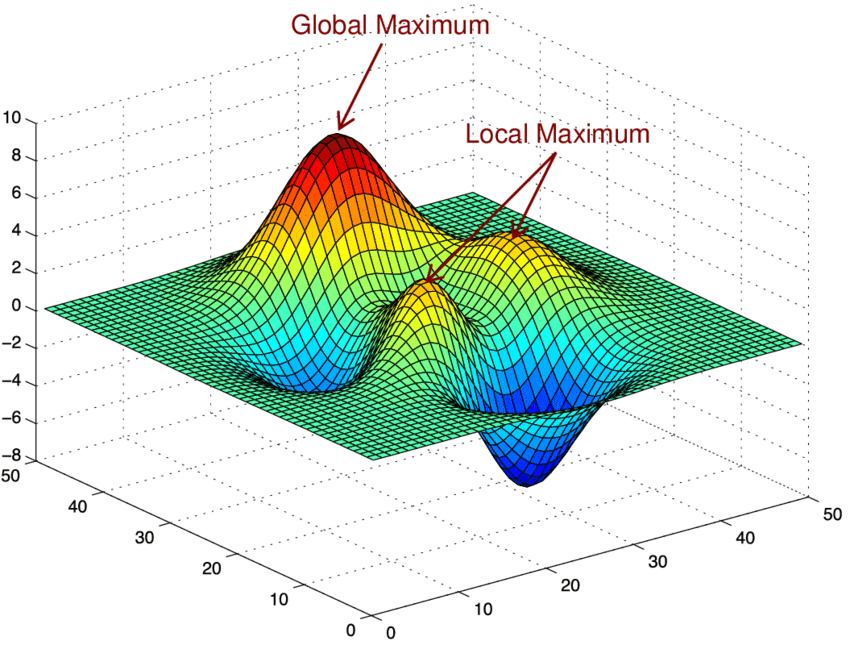Product Development
Created: Jul 25, 2020 at 1:29am
Building your initial product is one of the most exciting step of the journey. It's like a blank canvas, full of potential and uncertainty. Many of your ideas will turn out to be mistakes. That's okay. Keep on iterating. Below are some notes on how to build a product that creates value & wealth.
There are roughly 2 ways to build a product that creates value. One is to make life easier (usually B2B or consumer tools & devices) and the other is to make life more fun (entertainment & content). Read more here: [[Product Philosophy]]
Before building your product, think of your product's current status as a position on a map that looks like below:

When you start a startup/product, you are starting in some position on this map. Now, the peak of the highest hill is what people call "Global Optimum" and the other lower, but still high-enough peaks are "Local Optima." Obviously, you want to get to the highest peak which is the position of highest value creation and market leadership.
Product/market-fit is like getting past a certain height (vertical axis: fitness). Once you cross this height, people see your value and start using/buying your product. The points that are above this height can exist on multiple hills, so more than one way to cross product/market-fit exists. Some more mature industries may have higher threshold than others, newer ones may have lower thresholds, and your product may even look like a toy in a niche category (e.g. when a computer first came out, it was a hobbyst thing).
The issue is, think of it as navigating this "problem landscape" kind of blind-folded. You need to take a step and figure out if your position has elevated or not. This is you iterating a product, then measuring your [[Metrics]]. If your metric is better, you've gotten higher in altitude, potentially crossing the product/market-fit threshold.
The danger is if you try to optimize too much with your metrics first, you may end up stuck in one of the smaller hills (local optima) where your product will be differentiated less, less defensible, may end up in smaller market size, etc. So sometimes you need to swing big and find a next hill to climb on. This can be innovation, breakthroughs, pivots, new product launches, new markets, etc.
Once you believe you have found a hill worth climbing, execute like crazy to climb the hill quickly to create value and gain market leadership. That's pretty much what you'll be doing for the rest of the product/company's life cycle.
The challenge is that this problem landscape constantly changes (e.g. new device comes out, new regulation, new markets, new major competitor, etc.) so your current local optima may no longer be an optimum point, and your market will continue to shift. That's why so much market opportunities are created when new platforms emerge (e.g. Facebook, iPhone, etc.) or new mega trends (e.g. AI/ML, blockchain) get mainstream adoption.
With that said, let's think about building a MVP to get started.
Building a minimum-viable product (MVP) that does the job
You first want to get to the Minimum viable product. It's very easy to focus on polishing or adding shiny bells & whistles while building your v1. One easy way to think about what/what-not to build, is asking yourself these 2 questions:
1) Does this do the job it was intended to do (solves a single problem well)?
2) Have I removed everything that doesn't block the launch from the scope?
If you keep iterating and removing things from your initial scope unless it's essential for the MVP, you'll be able to ship something that's essential and sufficient to get the job done. Of course, philosophically, your product may have something that doesn't seem functionally essential, but makes your value prop unique. It's okay to have them, but don't go too far. An example of this would be showing a beautiful image when reaching zero inbox in Superhuman.
The only way to test minimum viability is to give it to the hands of customers and getting them to use it. Of course, not everyone will want to try out your MVP, but innovators/early-adoptors will. They are everywhere — in startups but also in big companies. Find them and get feedback from them.
If you can actually charge a meaningful price for your product, you can vet product/market-fit faster, as [[VPC Framework]] shows, if Price exists above your Costs, but customers are still getting the customer-benefits, it means you are creating value, while getting closer to building a sustainable business by charging for it.
Once you have a positive feedback loop with development-deployment-customers, you should iterate as quickly as possible to converge towards product/market-fit.
Generalized vs specialized feature requests
Once you have enough customers (whether many small or big few), you will start to get more varying requests than you can serve. It'll be a balance between building a generalized feature where many can use vs specialized feature for a bigger customer.
In the very early days, don't be too rigid in terms of what you think is a general feature vs specialized feature. Sometimes, what you think is specialized may turn out to be a general feature for certain vertical/use-cases, so keep balancing between the two to explore/exploit the product roadmap that aligns with your target customers.
A rough rule is that it's okay to do some-level of (what you may think is) custom work until you get to $100k in MRR. You will be evolving a very early product into a better/fuller product during this process. You may have some technical debts or odd features that accumulate during the initial product building phase. You'll eventually have to renew your product at some point, but for now, this is a likely path to product/market-fit.
Building a world-class of something
When you are building your product, make sure to find a dimension where you can be the world's no.1 in. Segment your market, segment the needs, etc. to find that singular value prop that you are the world's no.1 in. It's far easier to sell, market, and defend a value prop if you find this early in your product's life cycle. You can use this in conversations with customers and recruiting to set yourself apart and find an attractive position in the market.
Initially, that world-class something may not even be of the biggest importance to customers, but as long as it has some meaningful value, this can open a lot of conversations and also help customers see that you are not just a copycat / cheaper alternative, but a real contender that's leading the market in a certain way.
This also opens opportunity to differentiate your pricing. When you are just starting out with a MVP, it's hard to charge anything premium, but once you have a dimension that has customer-value and product leadership, you can charge properly for it and get recognized as a leader in that dimension.

